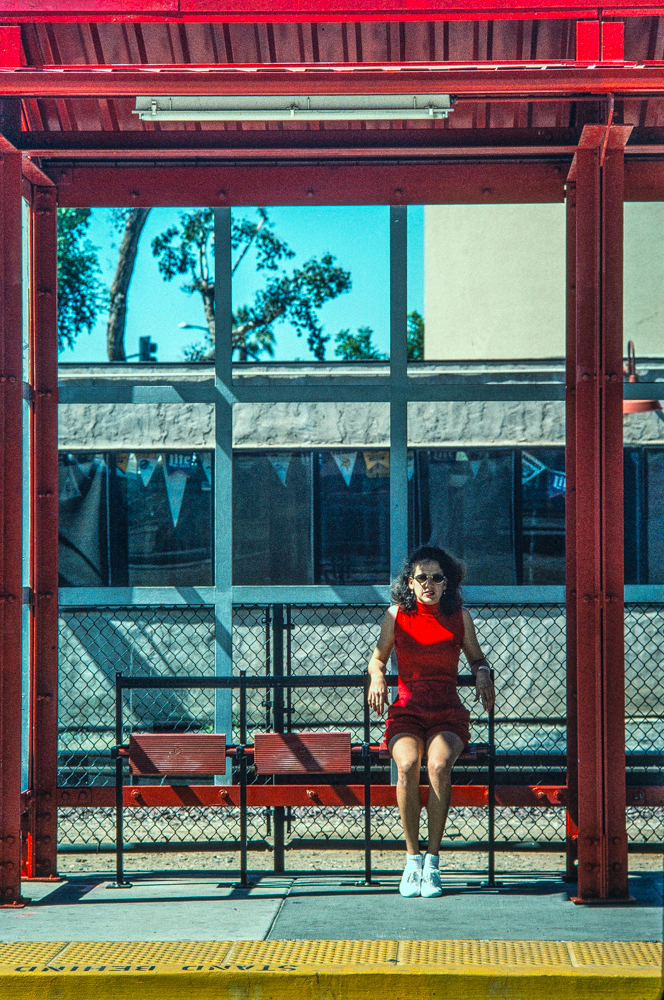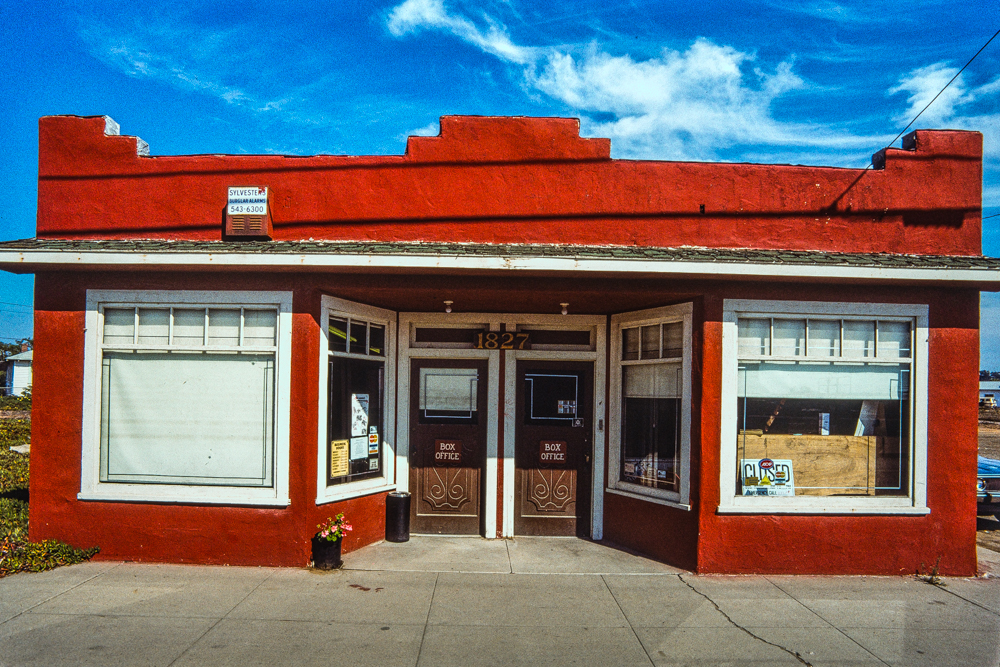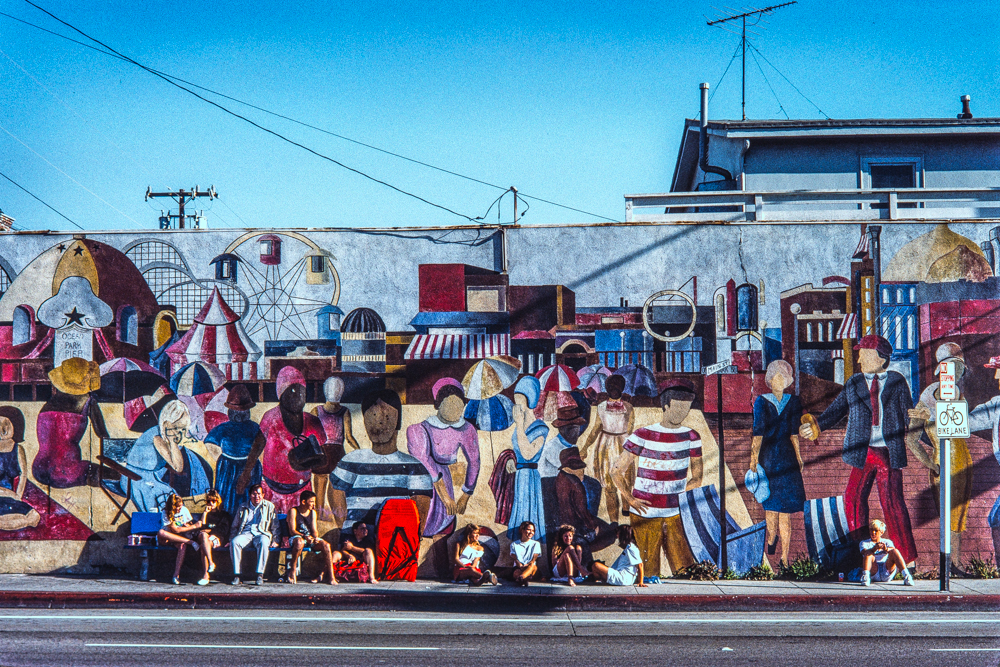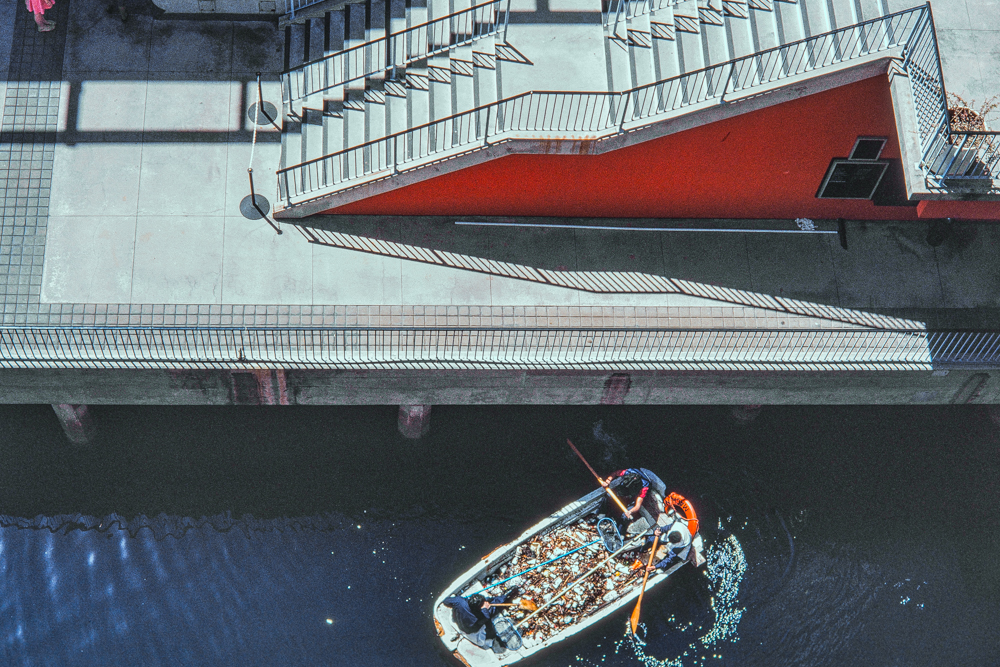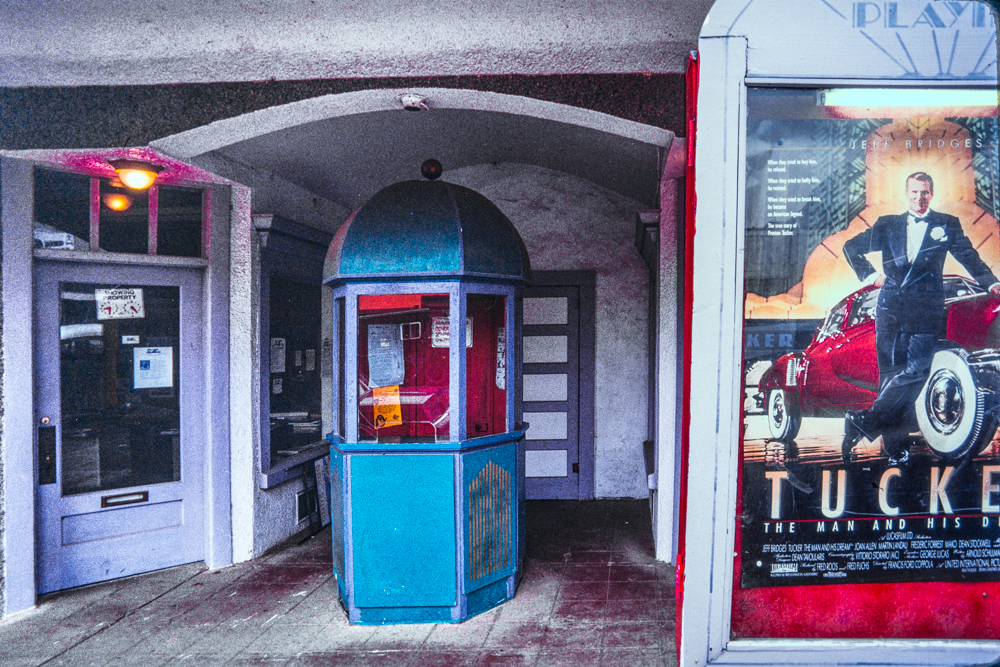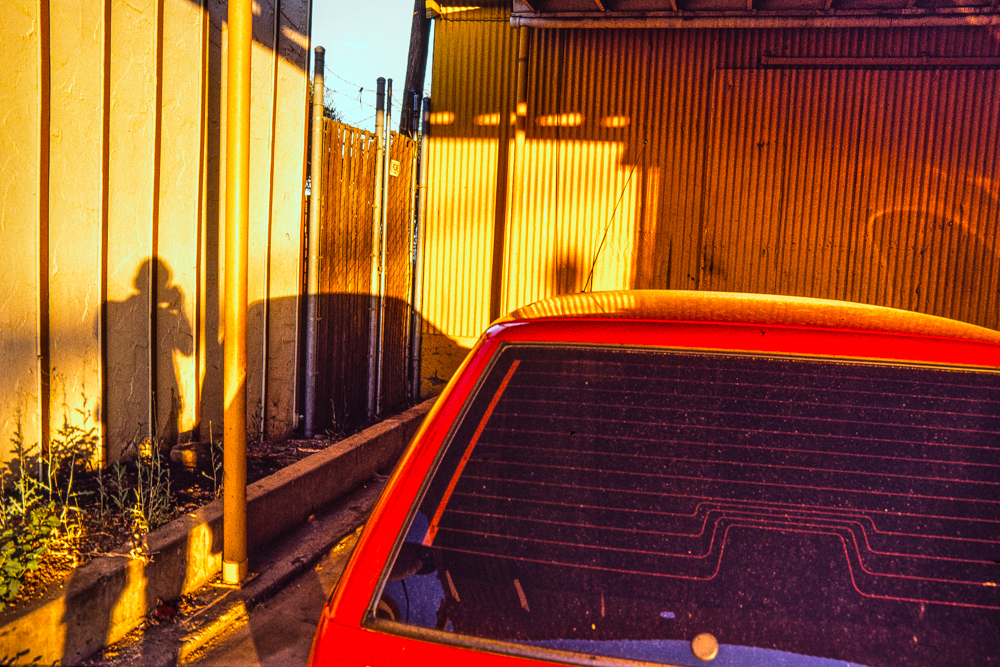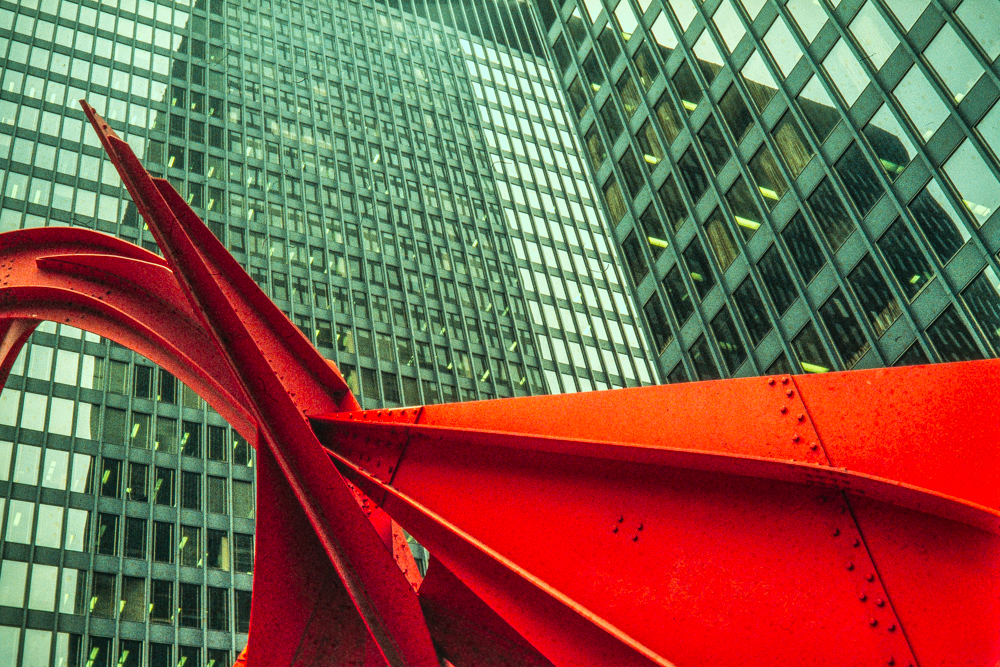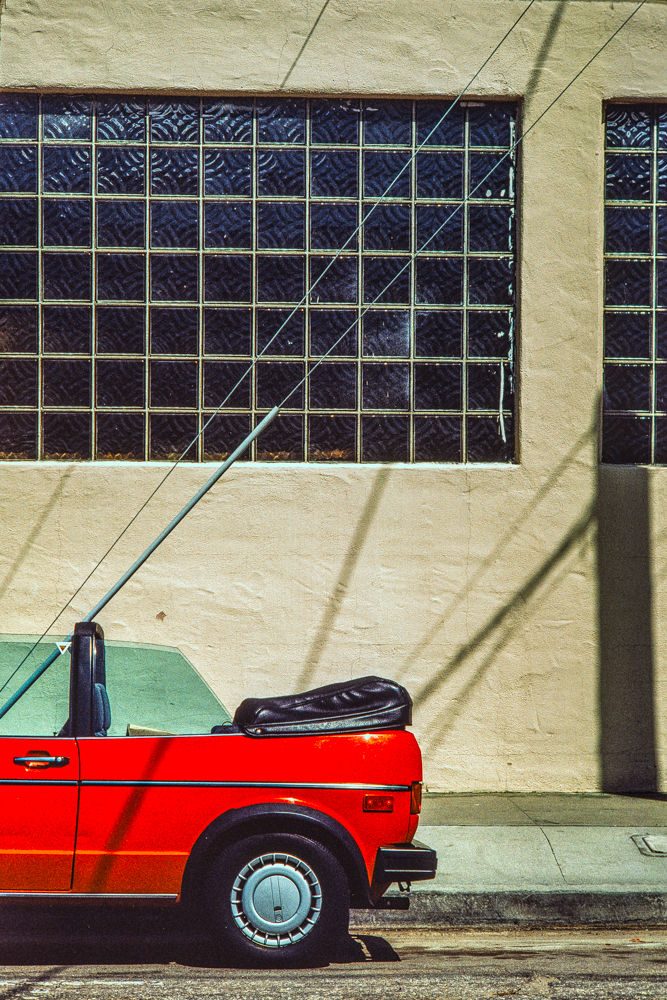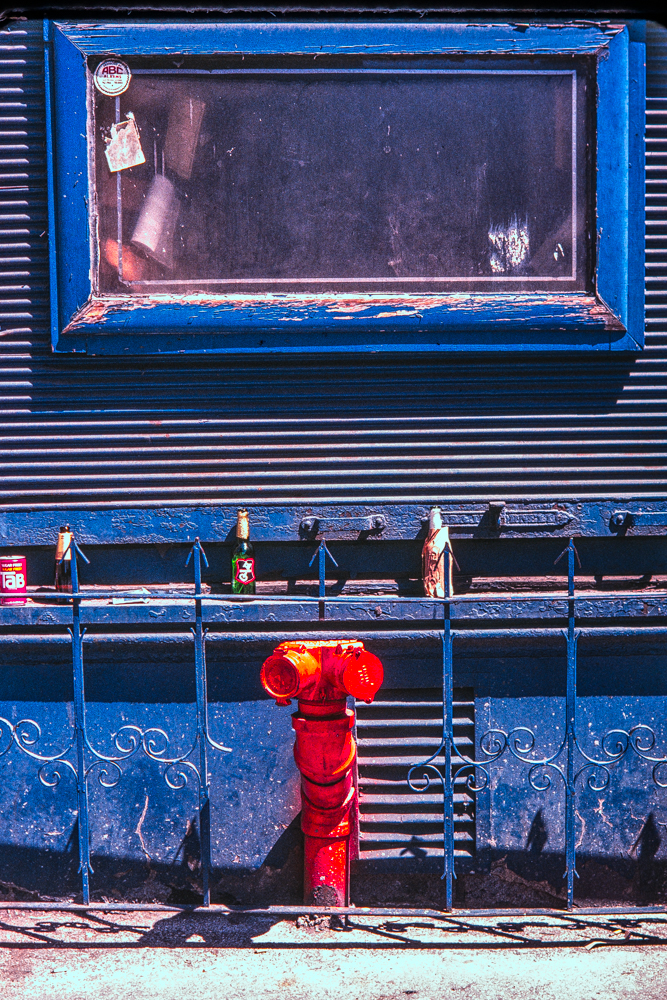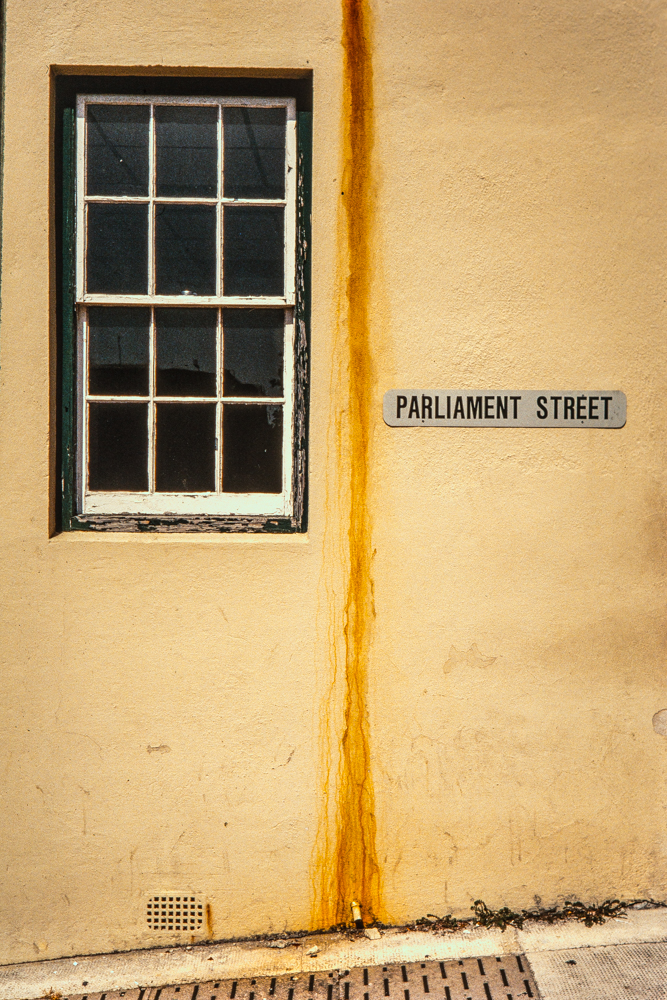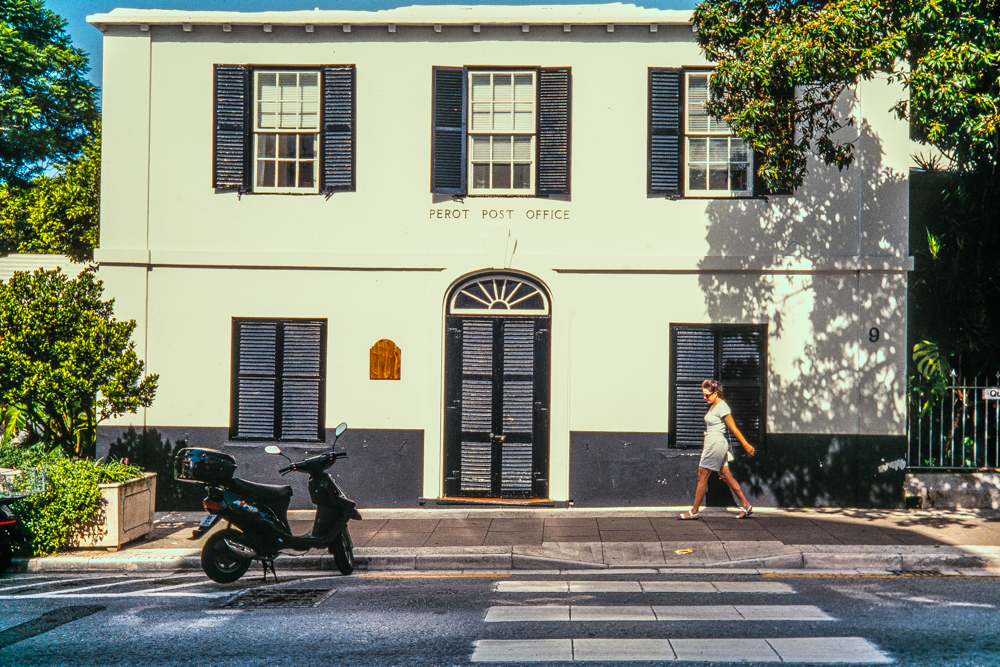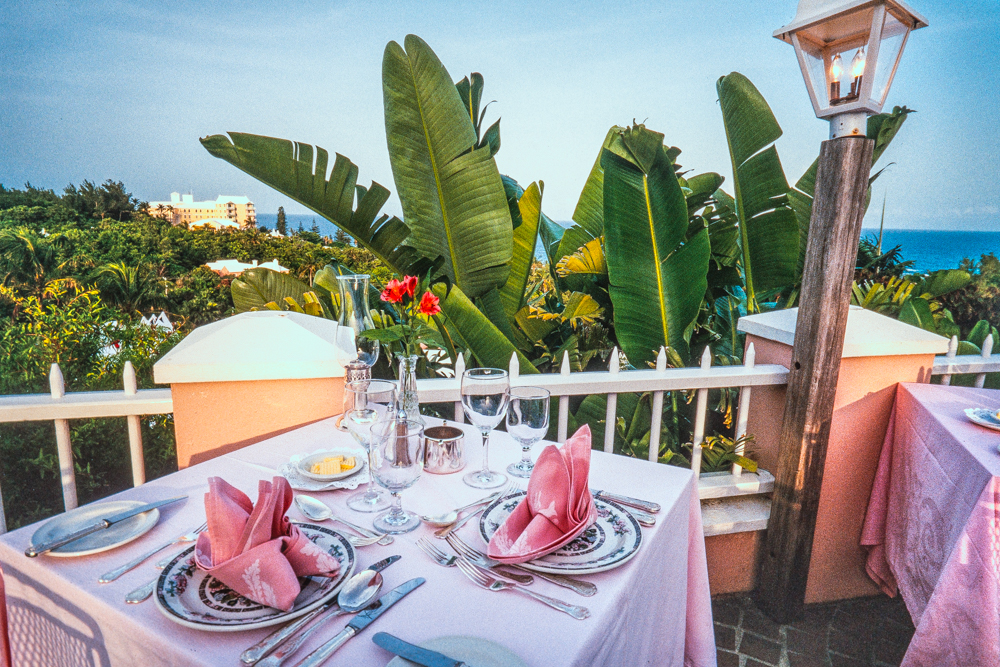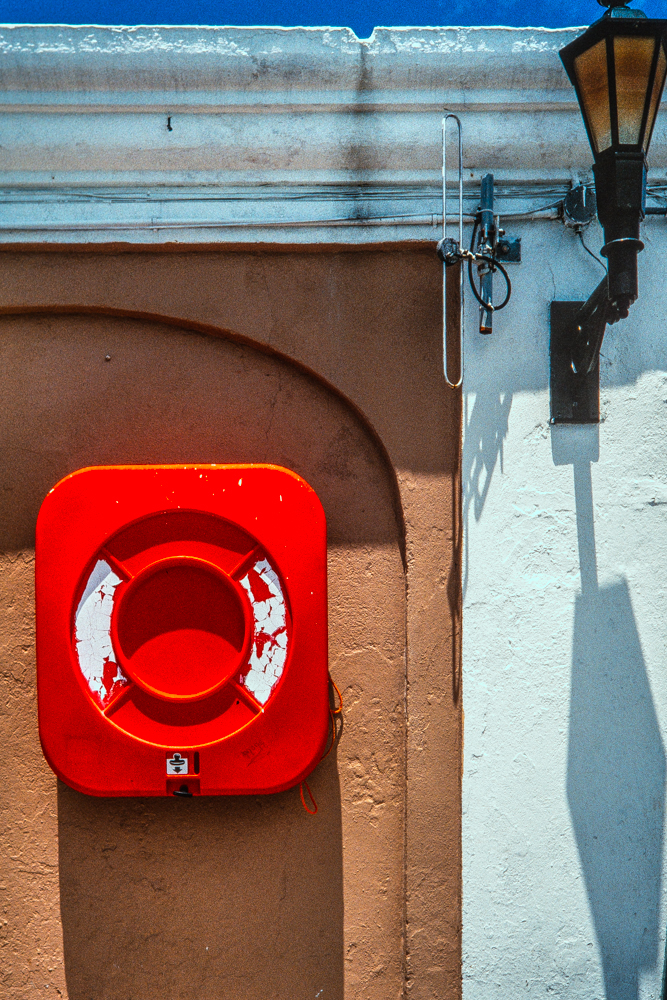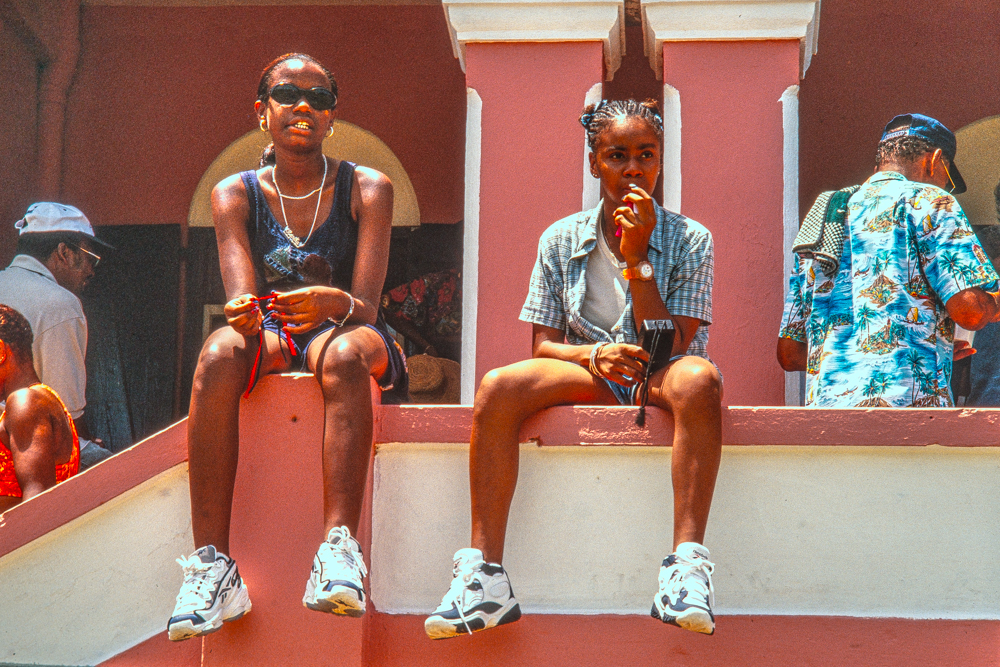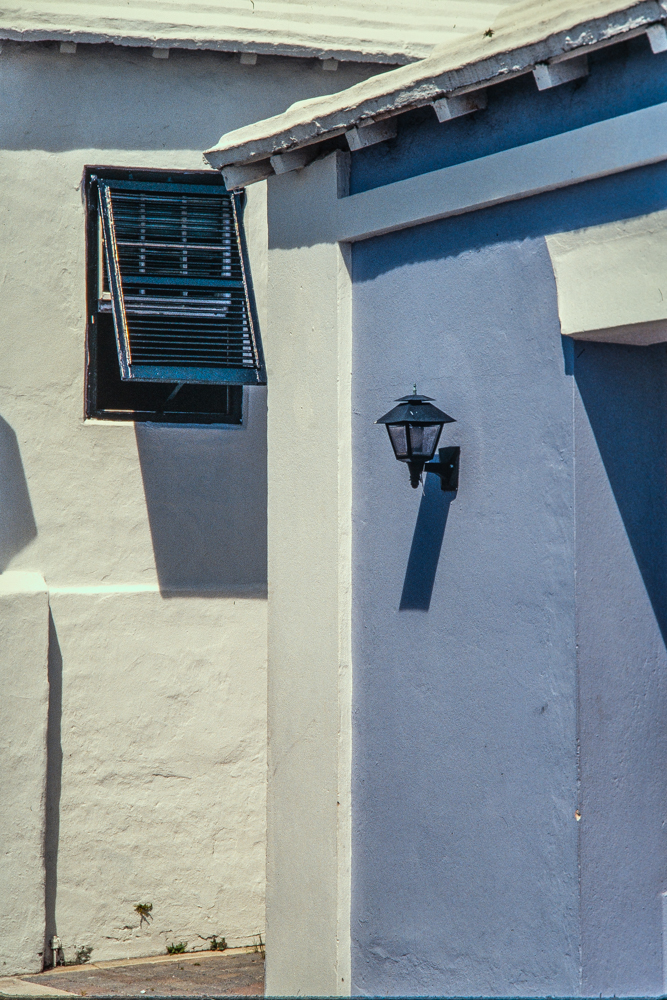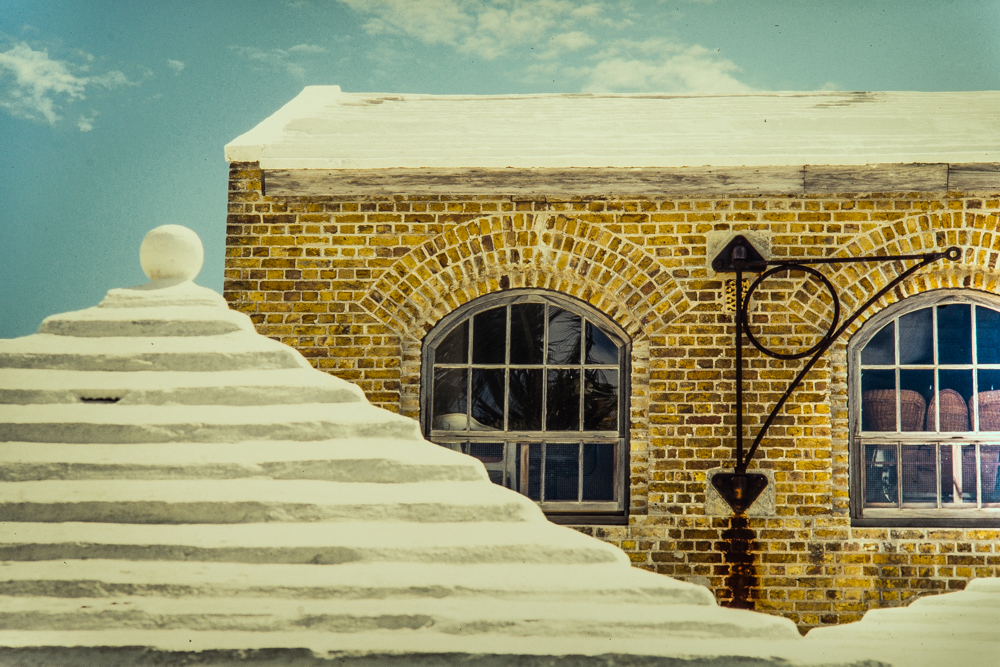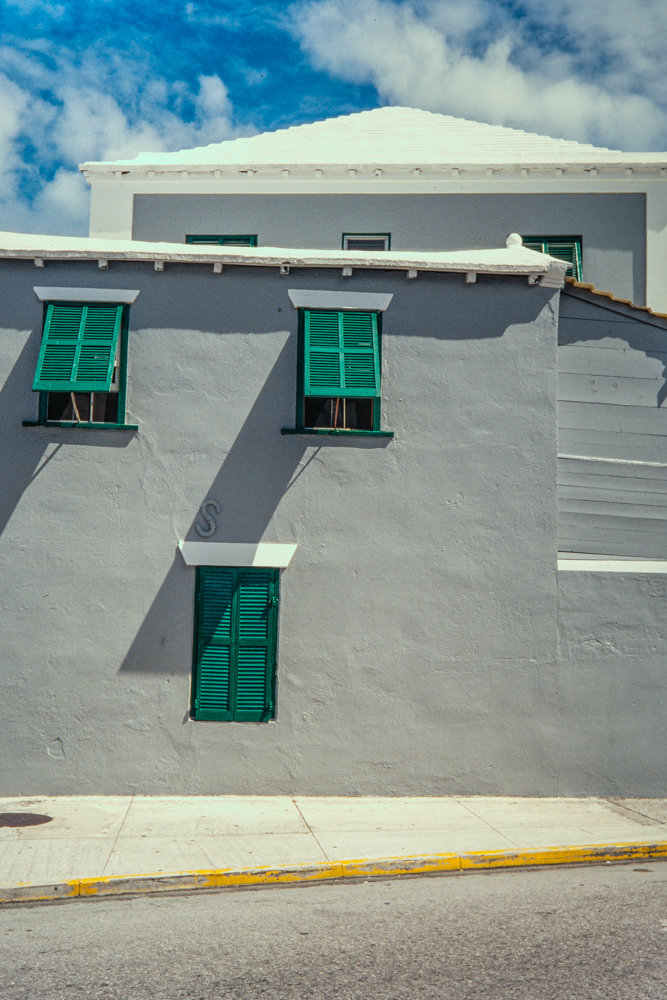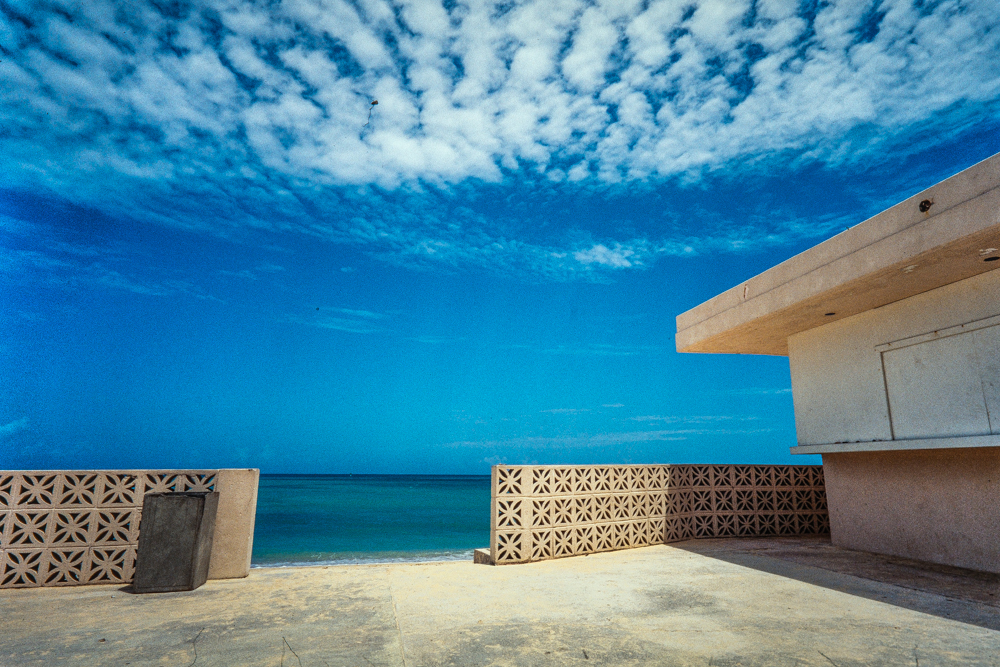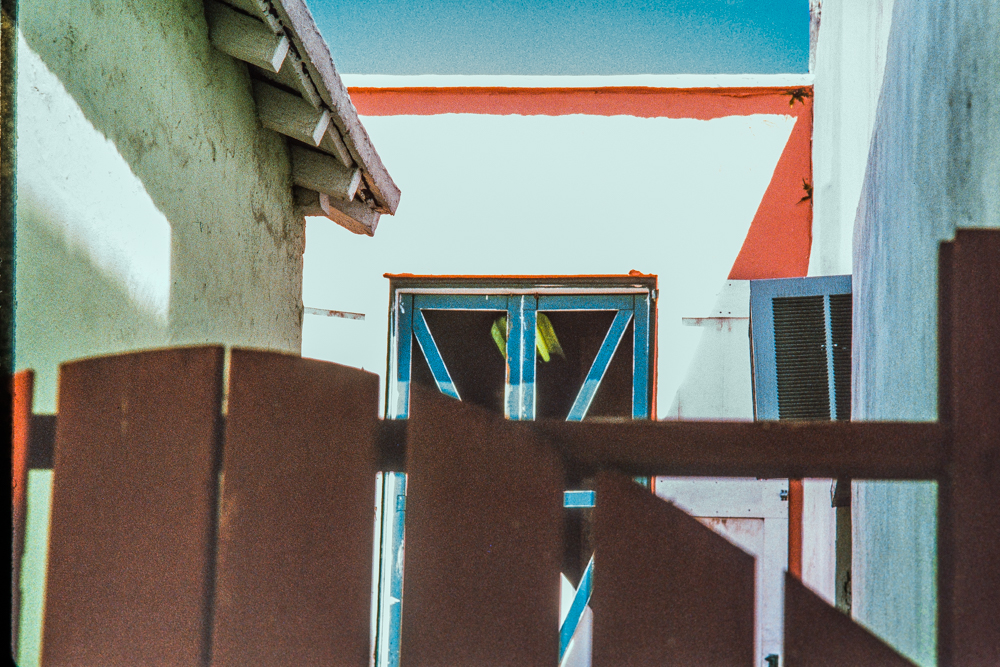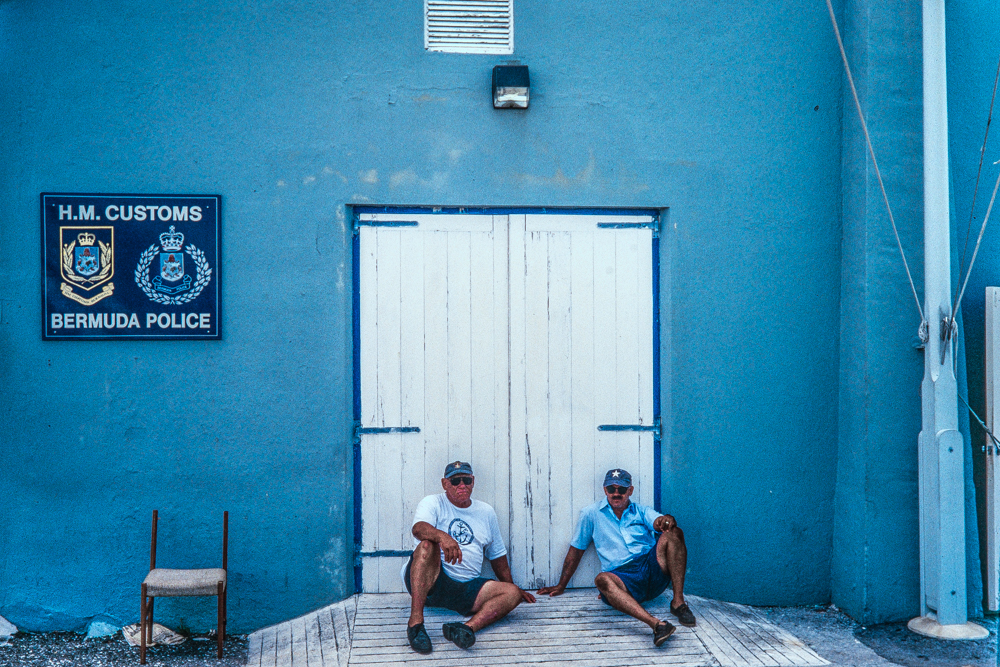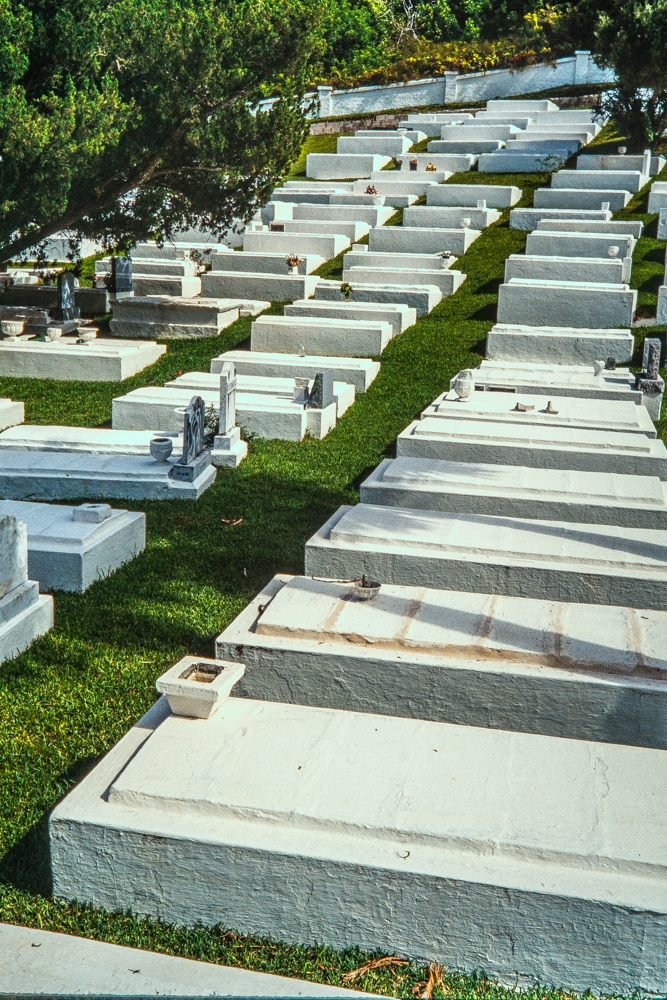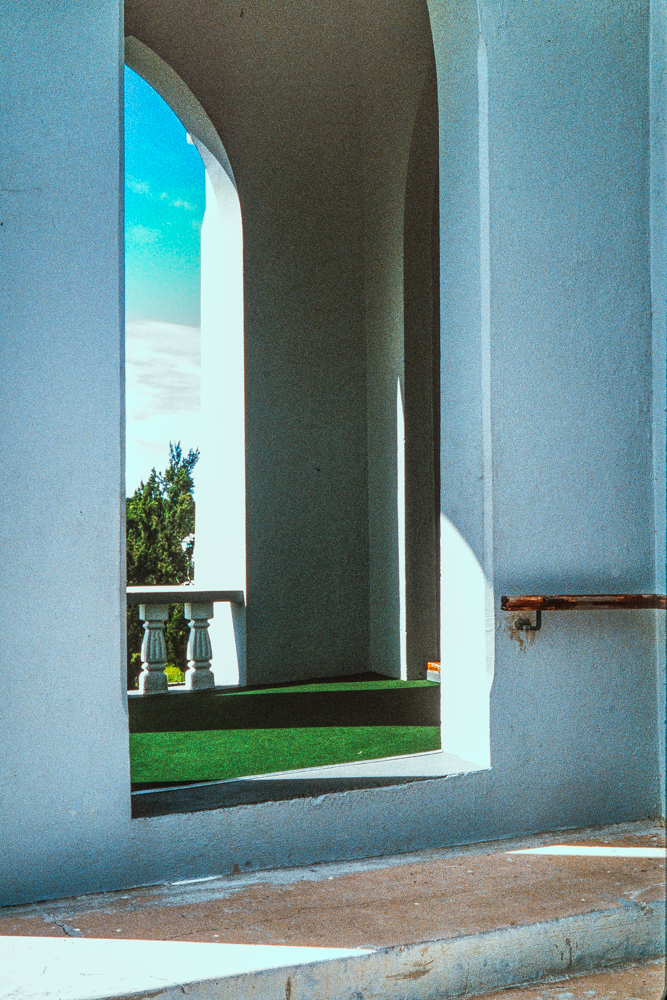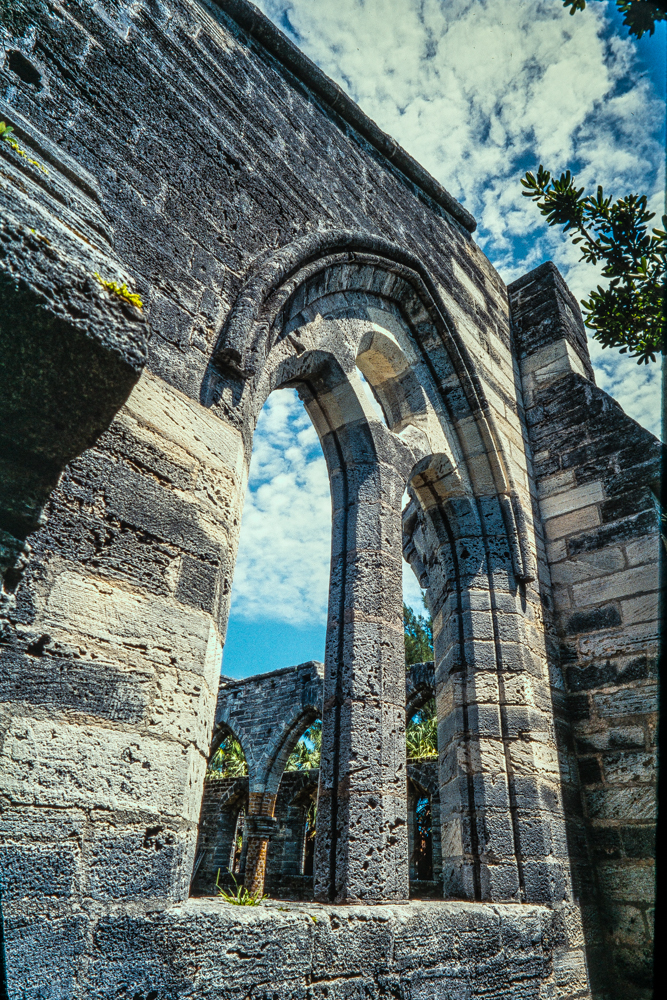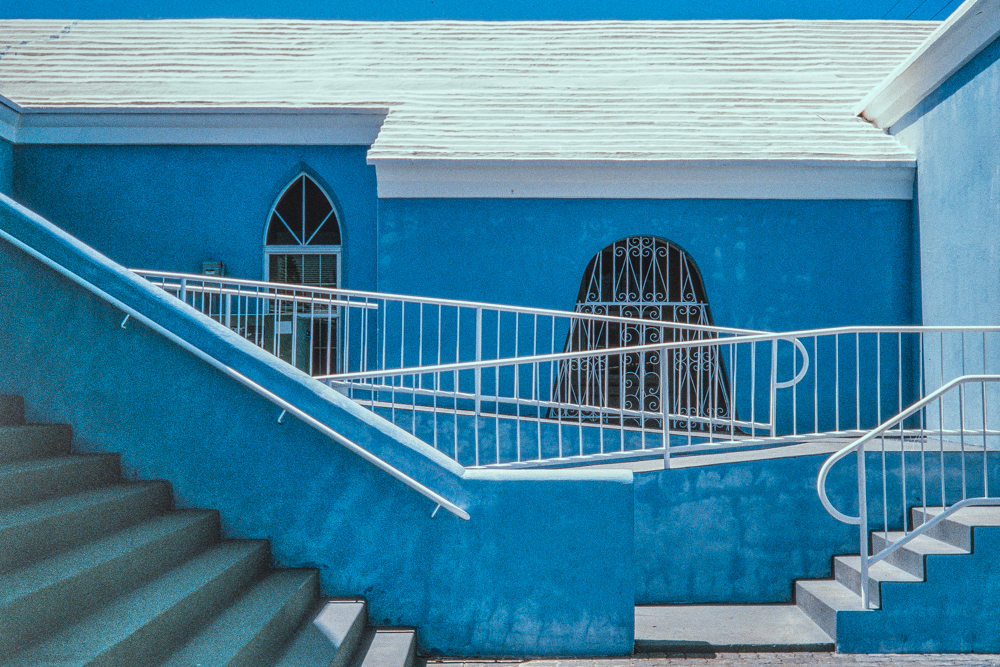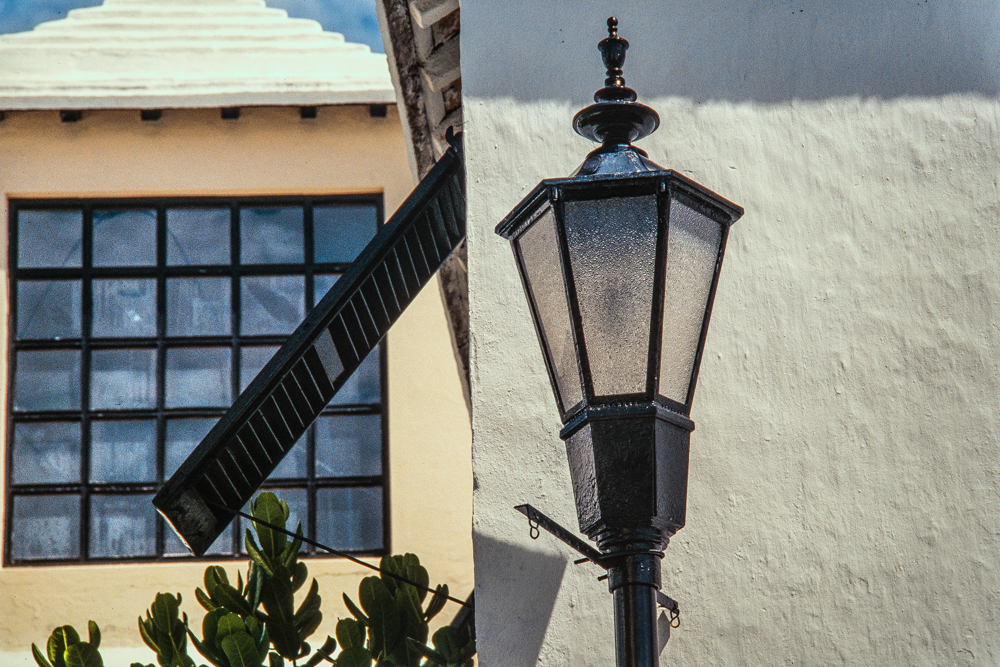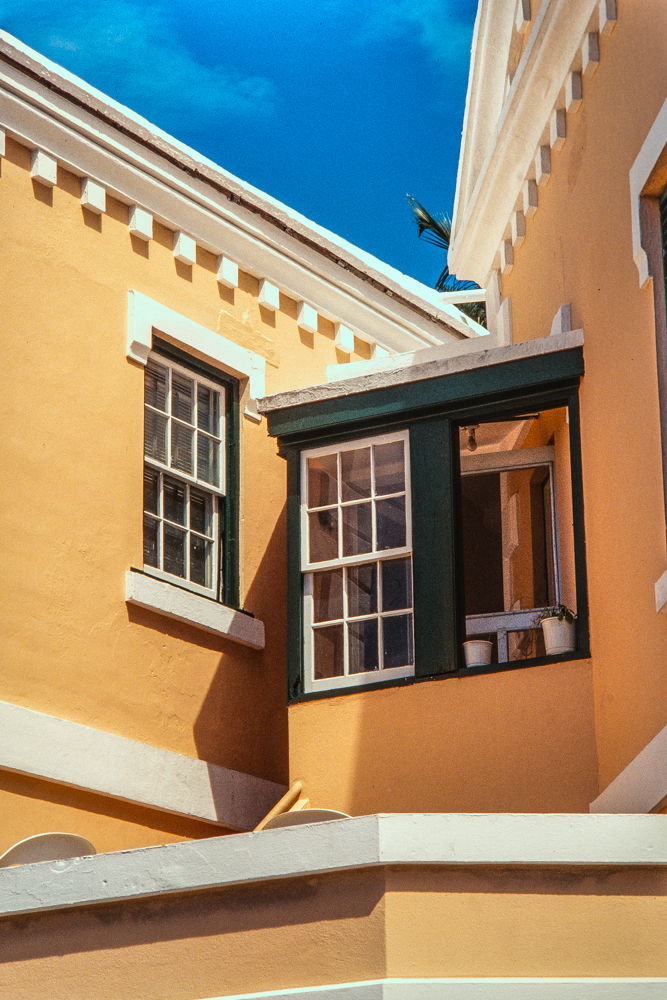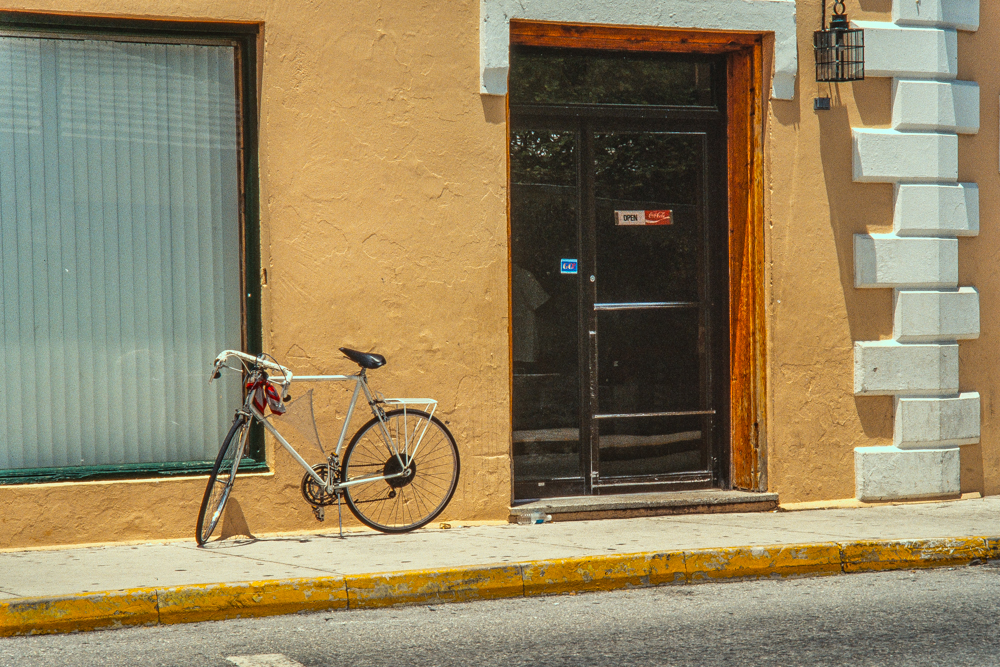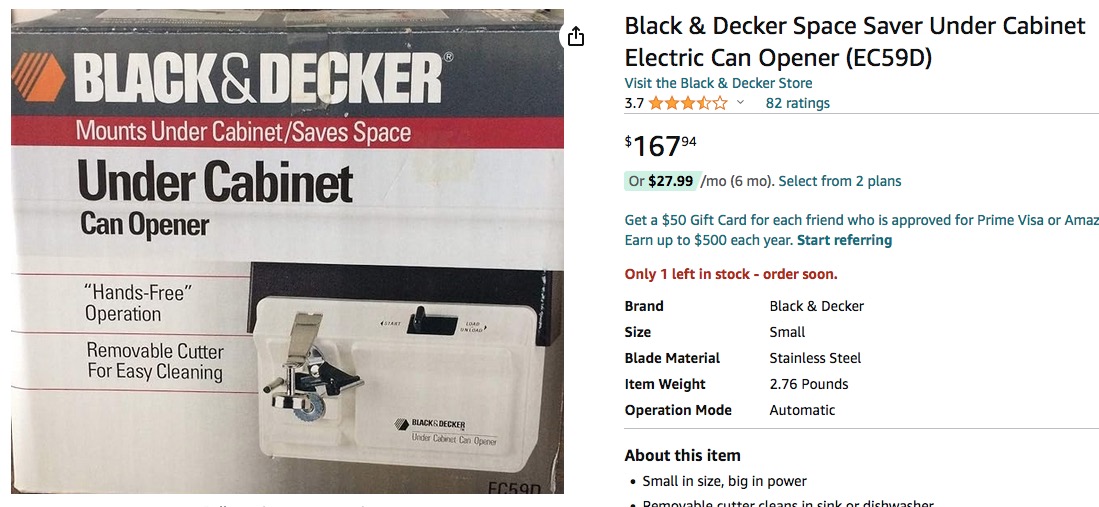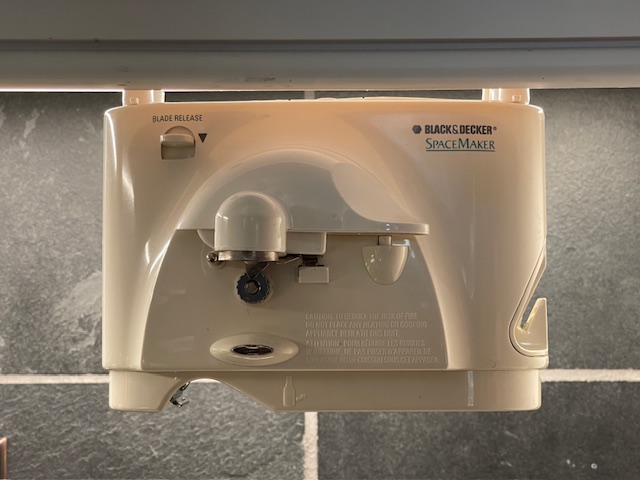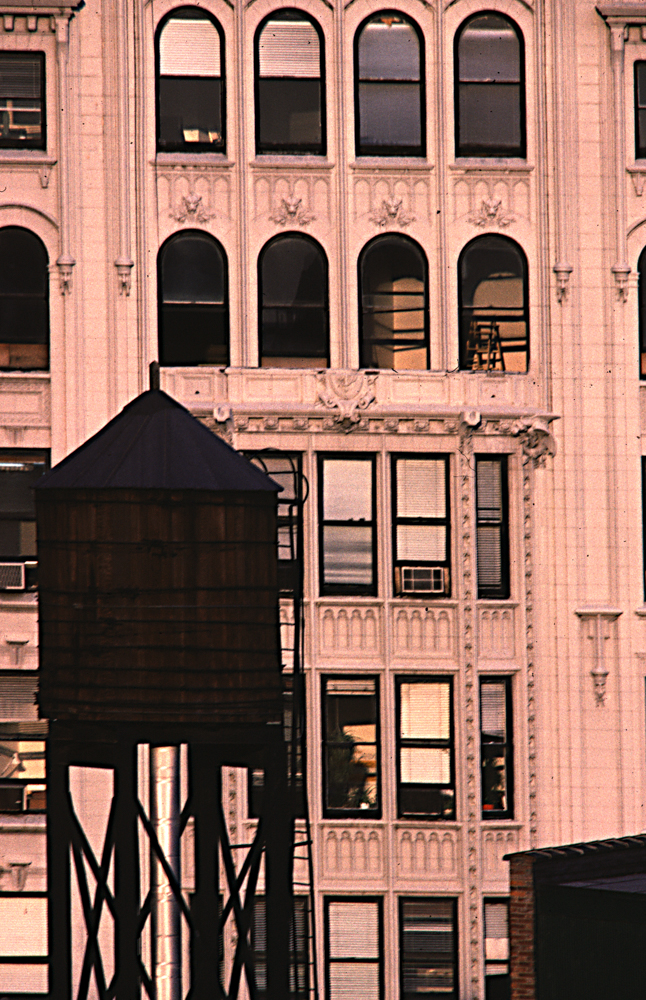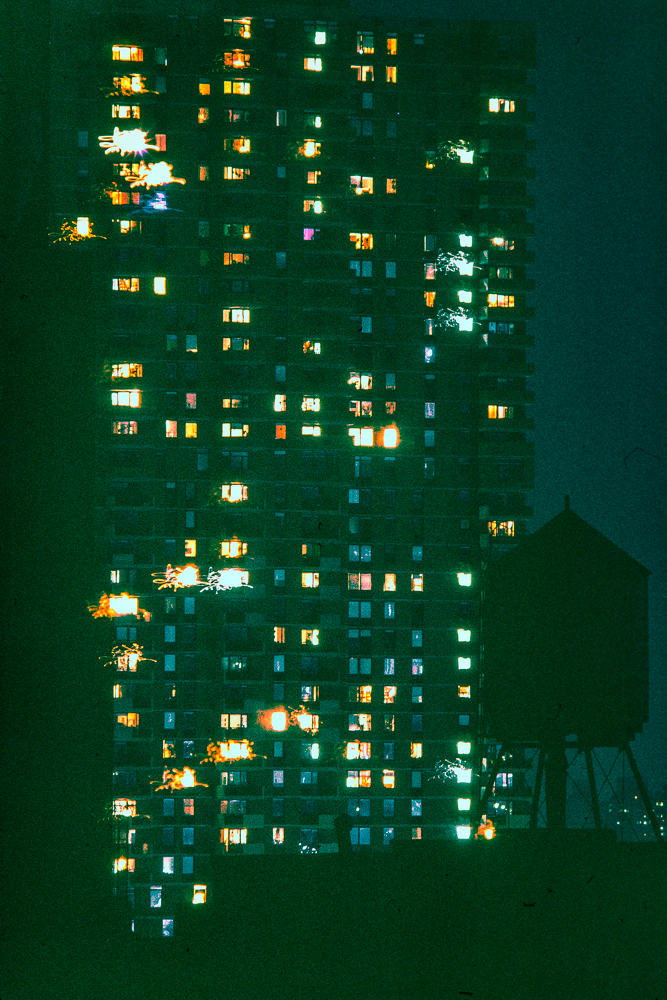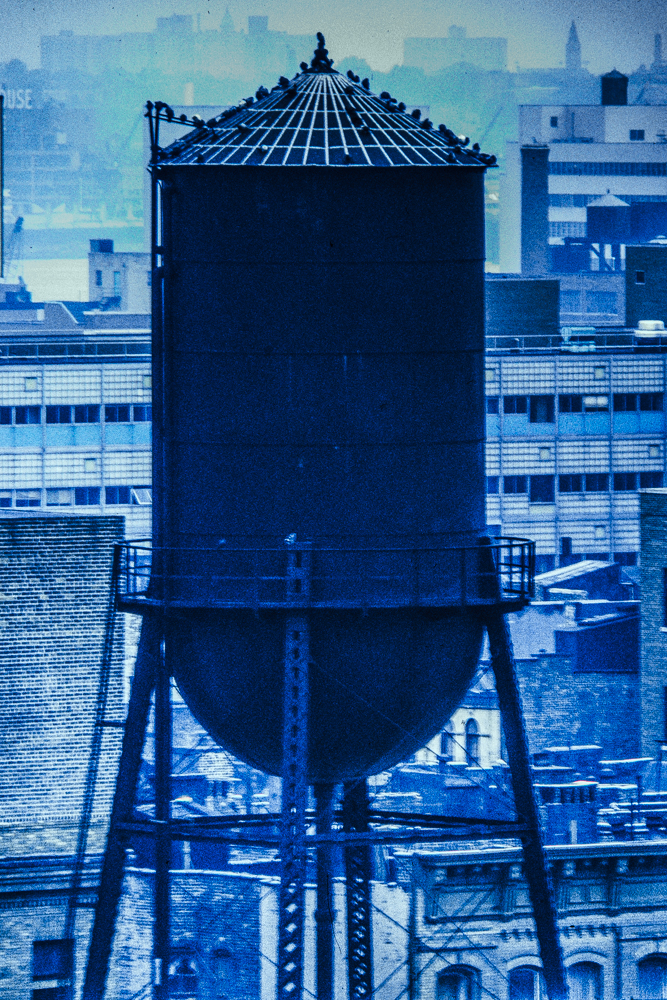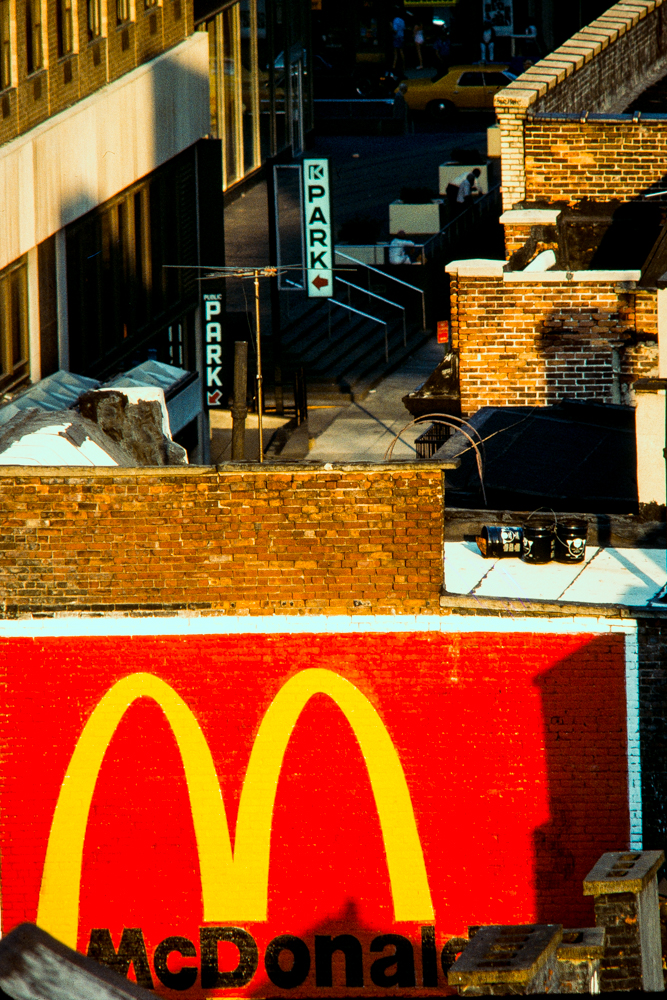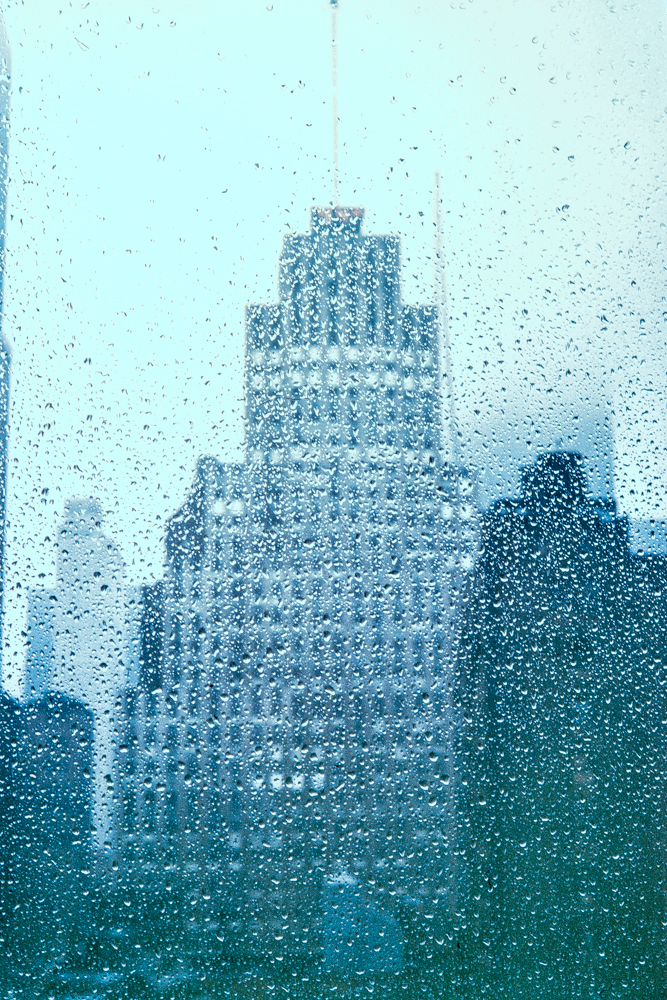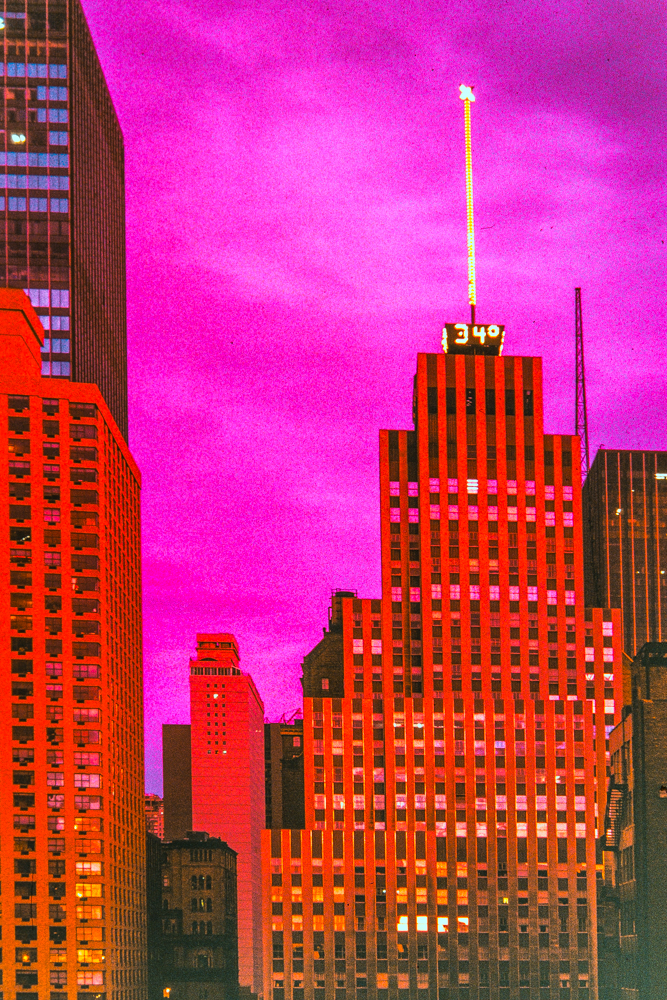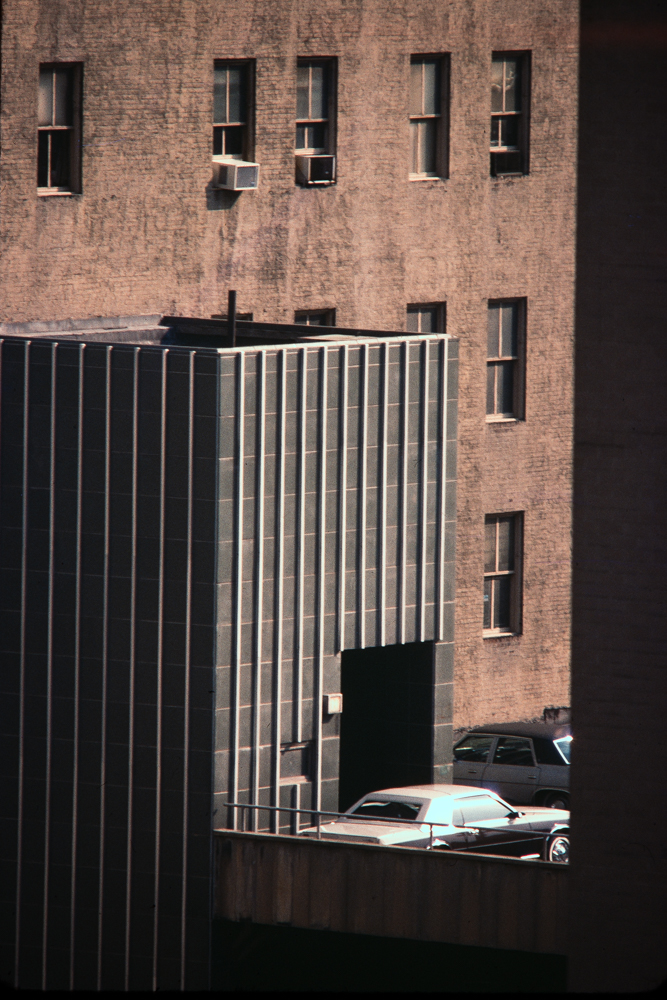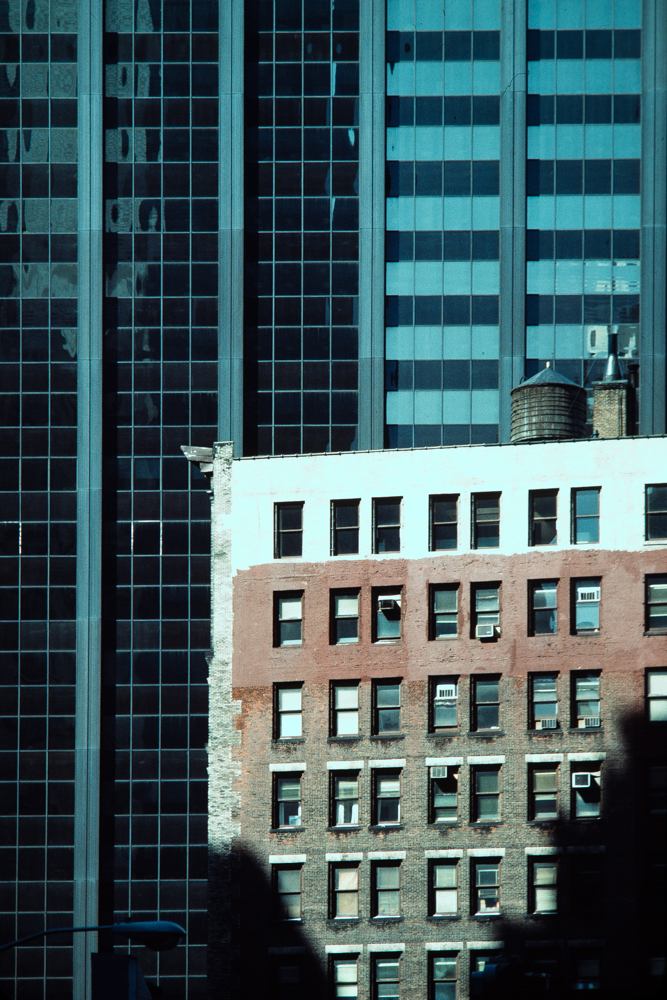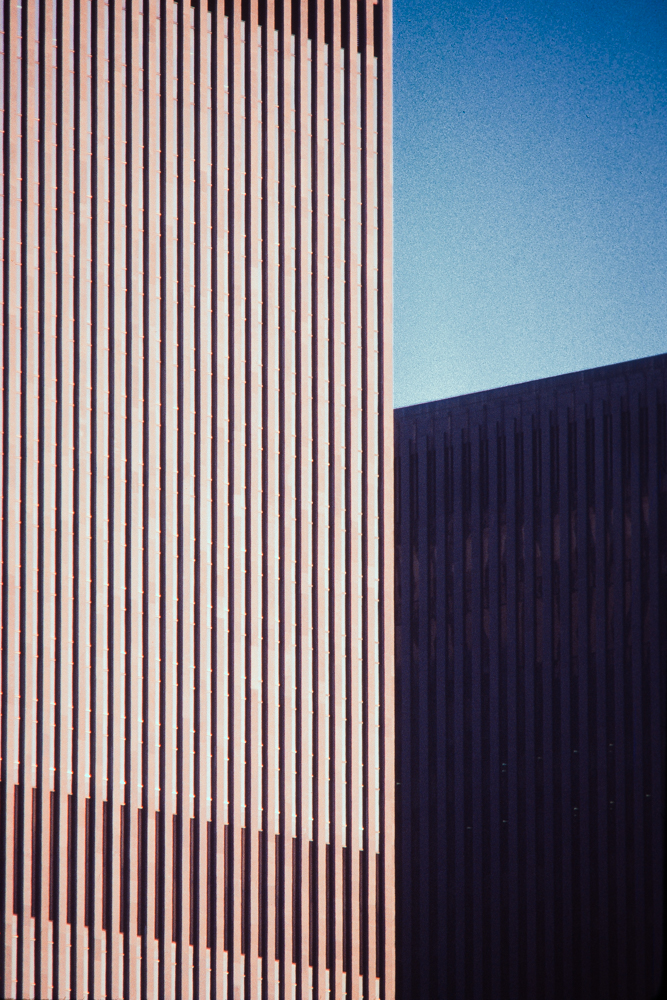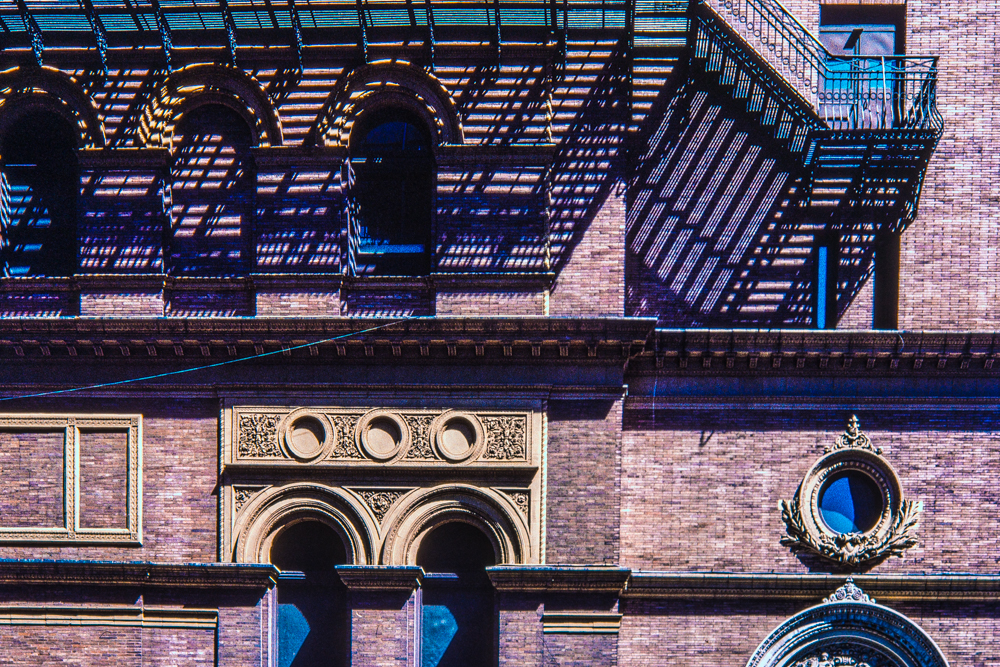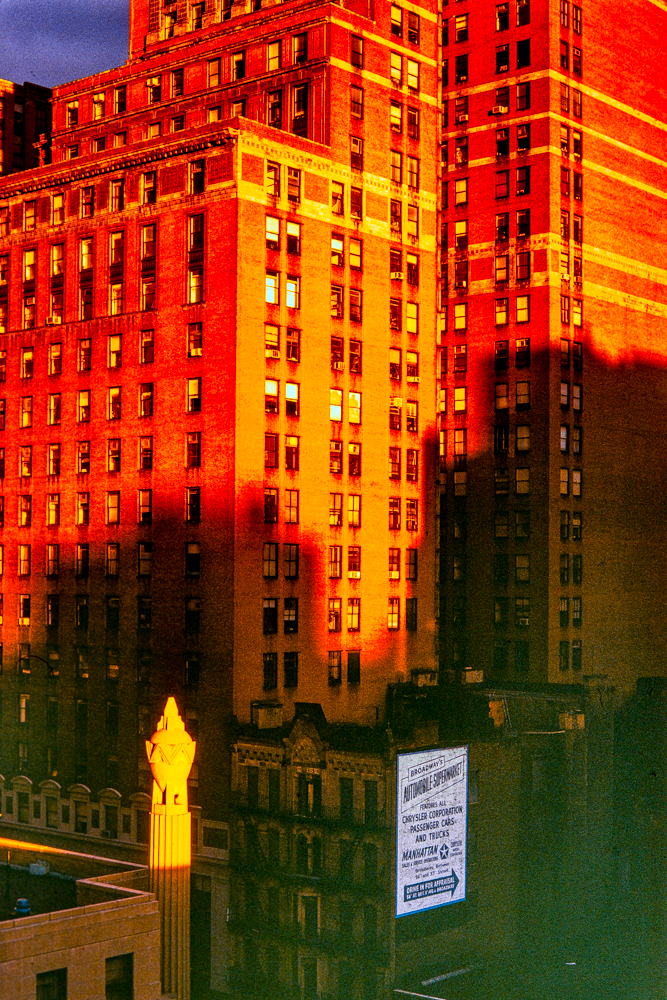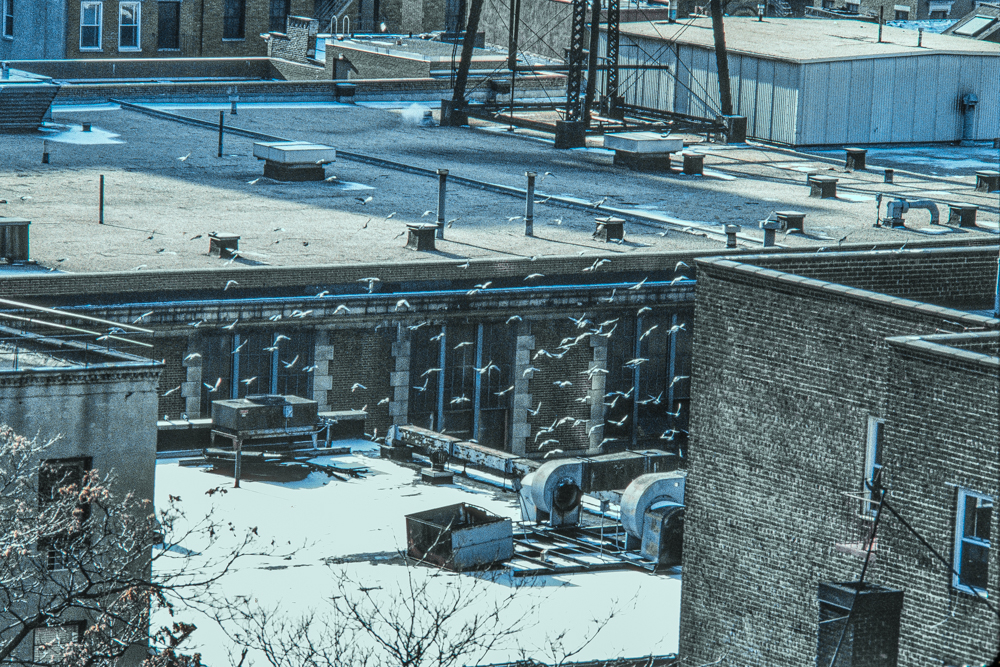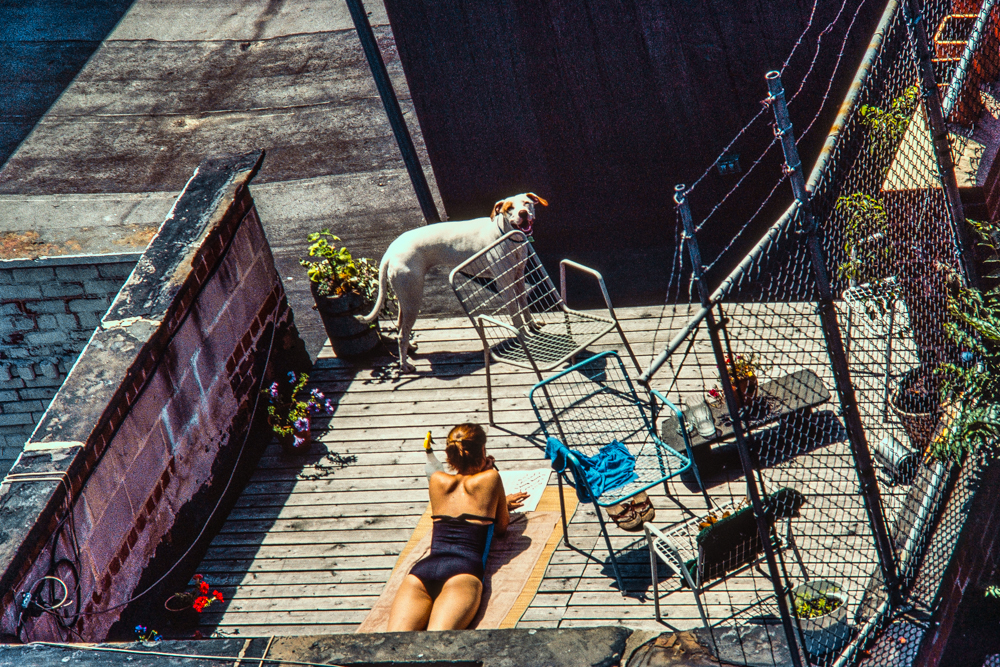English gangsters..
The night club scene of 1960s London was dominated by two gangster brothers, the Kray Twins. Identical twins, Ronnie was seriously insane and Reggie just a tad less so. Each committed murders in public and ended up serving a life sentence in gaol.
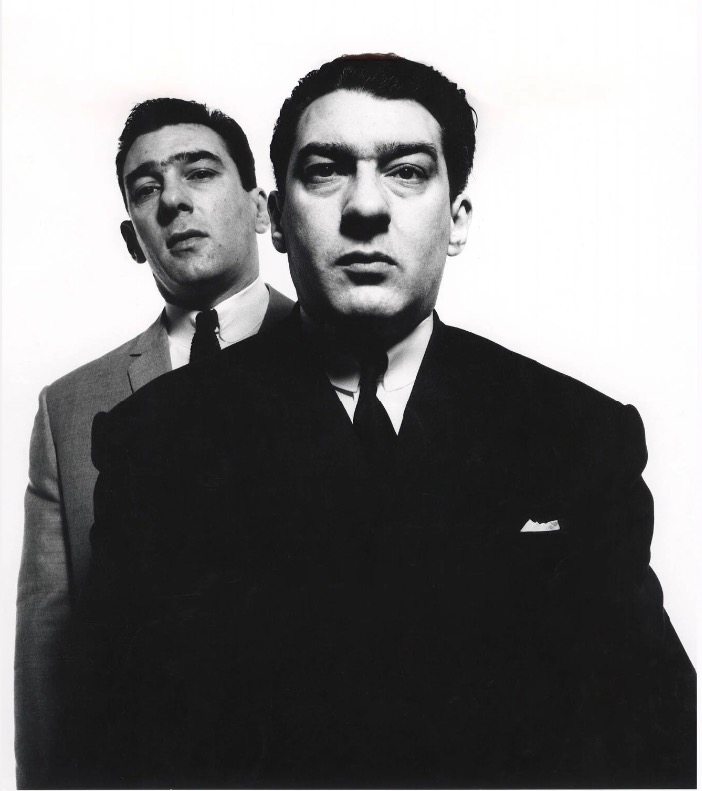
Reggie and Ronnie Kray by David Bailey, 1965
While the brothers established a measure of respectability after opening an upper class night club which was a magnet to the knobs and actors of the time, they inevitably returned to their roots of psychotic violence and mayhem, their empire ending once they were incarcerated.
David Bailey’s superb portrait of the pair pulls no punches. They are in your face, the submissive Reggie and the dominant Ronnie looking ready to lay about them with whatever weapon came to hand. Bottle, lead pipe, knife, sword (!), gun. You name it. They were not fussy. Bailey grew up in the same poor East End of London as the Krays so he will have been particularly attuned to their make up. It shows.
Two excellent movies have been made about the Twins. The deeper psychological portrait is to be found in The Krays where the Kemp brothers from the rock group Spandau Ballet deliver insightful performances. The more recent offering, Legend, sees Tom Hardy deliver a tour de force performance, acting both brothers. The script is less nuanced but the movie is worth watching for Hardy alone.
Bailey’s picture haunts me to this day. The other week I was taking some studio portraits of a pair of Welsh Terriers owned by friends and, well, I couldn’t help but plagiarize Bailey’s composition. Buckley, the male at left is clearly submissive, while Tilly, the female is the dominant one of the pair.
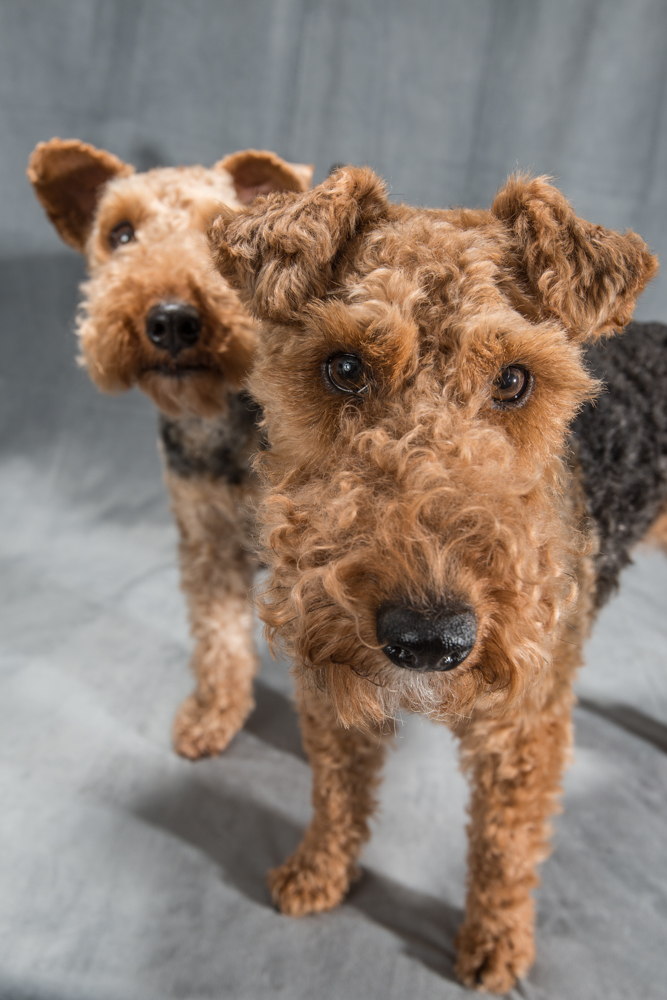
Buckley and Tilly, the Welsh Terriers.
Nikon D800, 16-35mm AF-S Nikkor, Novatron strobes.
Welsh Terriers were bred to flush our badgers whose setts (underground homes) would cause foxhunting horses to break legs. You probably should not mess with these boys any more than you would with the Kray Twins.
